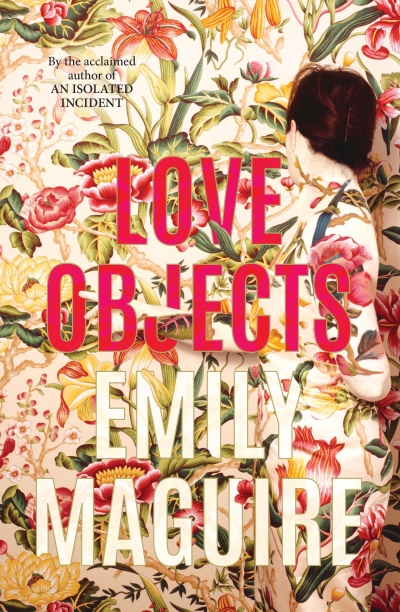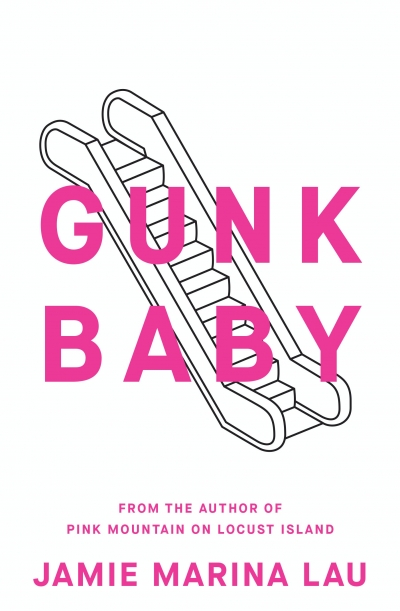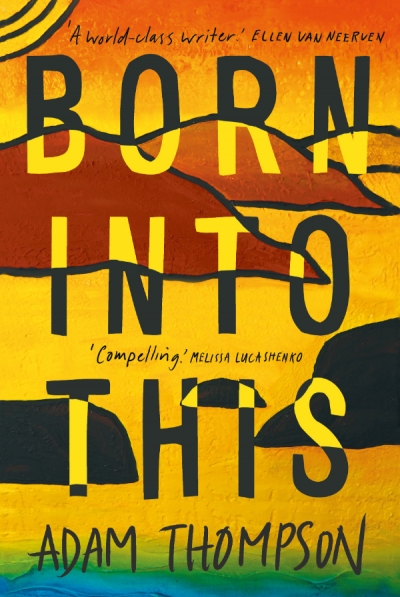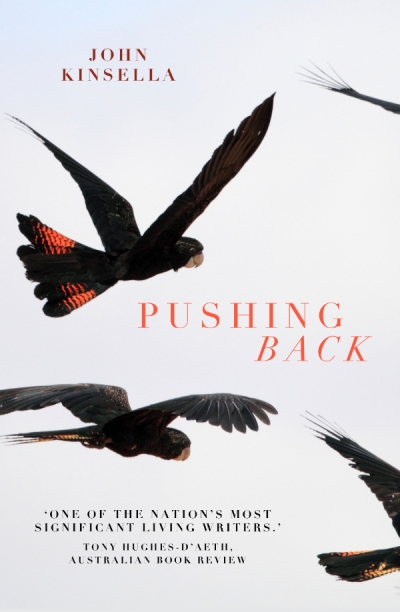Fiction
At the core of Love Objects, Emily Maguire’s sixth novel, is a delicate exploration of the responsibility that comes with love and what it means to care for others in both the emotional and practical senses of the word. The book’s protagonist, Nic, is a caustic but kind-hearted woman, positioned, in many ways, so as to be overlooked by the world. Middle-aged, childless, and living alone in her childhood home, she works as a cashier in a low-end department store. She is the kind of woman who often becomes invisible in our society, so it seems fitting that she has an affinity for the forgotten and the overlooked.
... (read more)Pip Adam’s third novel, Nothing to See, is a multifaceted and complex work. The complications begin immediately, as we meet the protagonist, Peggy and Greta, who are a recovering alcoholic. The odd combination of the singular and plural here is intentional. As far as appearances go, Peggy and Greta are different individuals with separate bodies and separate minds. Nonetheless, they share one life in an arrangement made difficult by the discomfort and lack of understanding they face at every step. They became two at the lowest moment in their history, when the crushing weight of trauma and alcohol addiction became too much for a single person to bear. One individual whose choices were limited to recovery or death thus became two.
... (read more)Go to any suburban shopping centre and you will find a metropolis of consumption. ‘Buy, buy, buy’, it screeches, whether you are contemplating fast-fashion T-shirts, new-age solutions to age-old problems, or services and pampering you don’t really need, all in the harsh glare of white lights and a controlled climate, temperature just right. The shopping centre, uniform and tidy, is where you can get everything you’ve ever wanted while also getting nothing at all.
... (read more)‘Shall I scrub your back for you?” the monkey asked ... He had the clear, alluring voice of a doo-wop baritone. Not at all what you would expect.’ The eight short stories in First Person Singular are exactly what a reader has come to expect from Haruki Murakami, a writer with a penchant for neo-surrealism. The parabolic tales in this collection explore the familiar tropes and motifs of his oeuvre, including loneliness, outsiderness, chance encounters, music (classical, jazz and the Beatles), and memories. While Murakami might not be breaking new ground here, it is still a magical experience to return to his whimsical, eccentric, and enigmatic reimagining of Japan.
... (read more)S.L. Lim’s second novel, Revenge, begins with an ‘all persons fictitious’ disclaimer. The paragraph concludes: ‘Any resemblance to actual events, locales or persons, living or dead, is entirely coincidental. LOL!’
... (read more)To survey concurrent works of art is to take the temperature of a particular time, in a particular place. And the temperature of the time and place in these four début Australian novels? It is searching for a sense of belonging, and, at least in part, it’s coming out of western Sydney in the wake of the 2005 Cronulla riots. All four novels are set in New South Wales, three of them in suburban Sydney. Each is concerned with who is entitled to land and the stories we tell while making ourselves at home in the world, sometimes at the expense of others.
... (read more)Smokehouse is an engagingly constructed collection of interlinked stories set in small-town, yet globally connected, settler Tasmania. The volume, which is focused on personal crises and family breakdown, is bookended by the two parts of the novella that lends the collection its name. This splicing is an inspired decision: the end of Part One keeps us turning the pages through the subsequent, fully realised short stories; with Part Two we feel rewarded whenever we spot a character first encountered in a story that seemed discrete.
... (read more)When as a boy I listened to football on the radio, I would often hear mention of David Harris, a skilful midfielder who played for Geelong and Geelong West respectively in what were then the VFL and VFA. Harris was mostly known as ‘Darky’, not ‘David’. Recently, thanks to a YouTube interview, I learnt that Harris’s parents were Lebanese Australians. While in the interview Harris did not express offence, one can only wonder about the effect on him of this nickname – one he’d had since his own boyhood – based on the colour of his skin.
... (read more)On the back cover of O, we learn that the protagonist of the novel, Dominique, lived through the German occupation of France, participated in the Resistance, relished its ‘clandestine life’, and later wrote an ‘erotic novel about surrender, submission and shame’, which became the real-life international bestseller and French national scandal, Histoire d’O (1954). ‘But what is the story really about,’ the blurb asks, ‘Dominique, her lover, or the country and the wartime past it would rather forget?’
... (read more)Comprising more than thirty works of poetry, fiction, memoir, and criticism, John Kinsella’s prolific output is impressive, and this figure doesn’t include his collaborations with other artists. Here is a writer who swims between boundaries, experiments with form and content, and eludes easy categorisation. His most recent novel, Hollow Earth (2019), was a foray into science fiction and fantasy, and his most recent poetry volume The Weave (2020), was co-written with Thurston Moore, founder of NYC rock group Sonic Youth.
... (read more)









